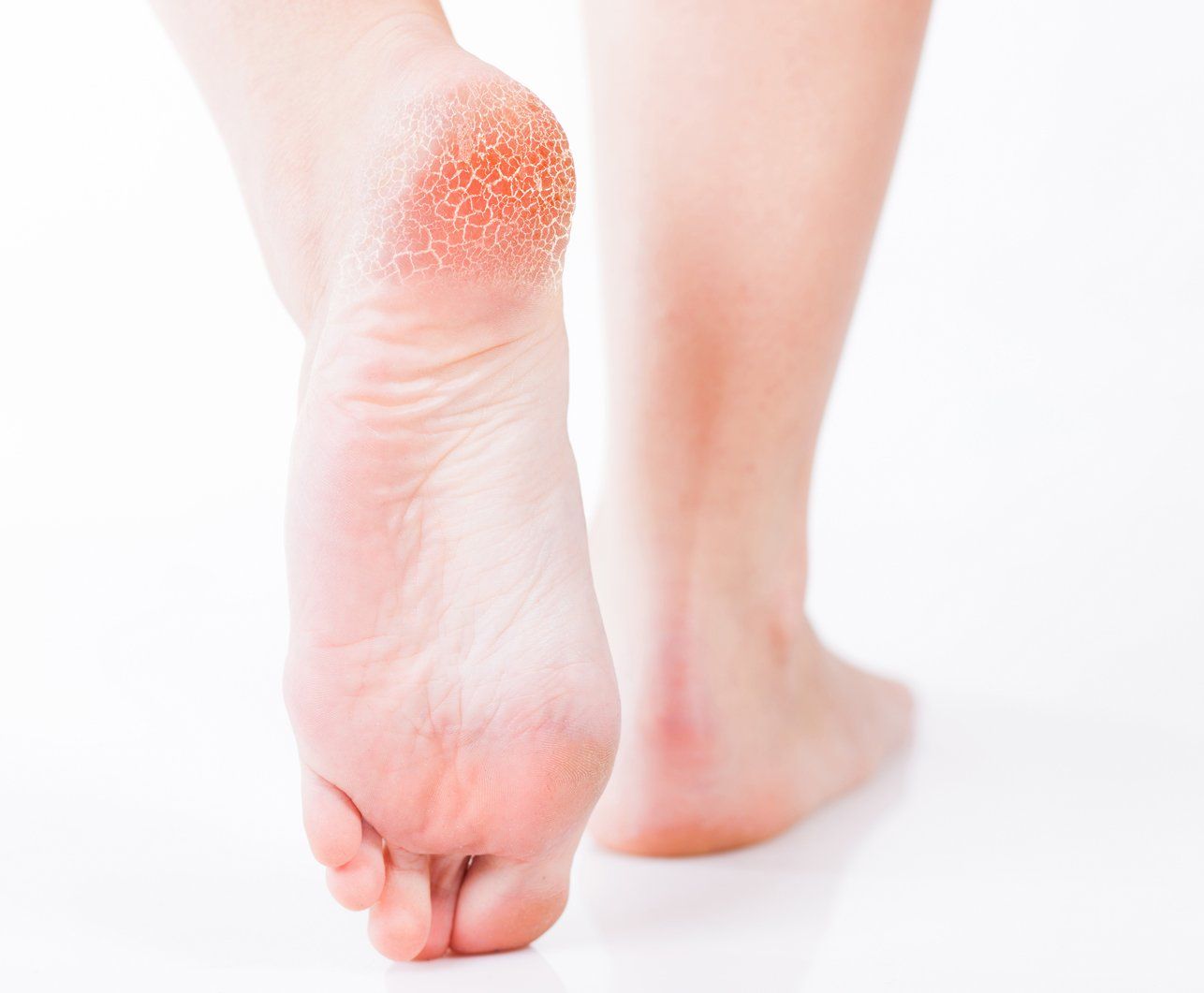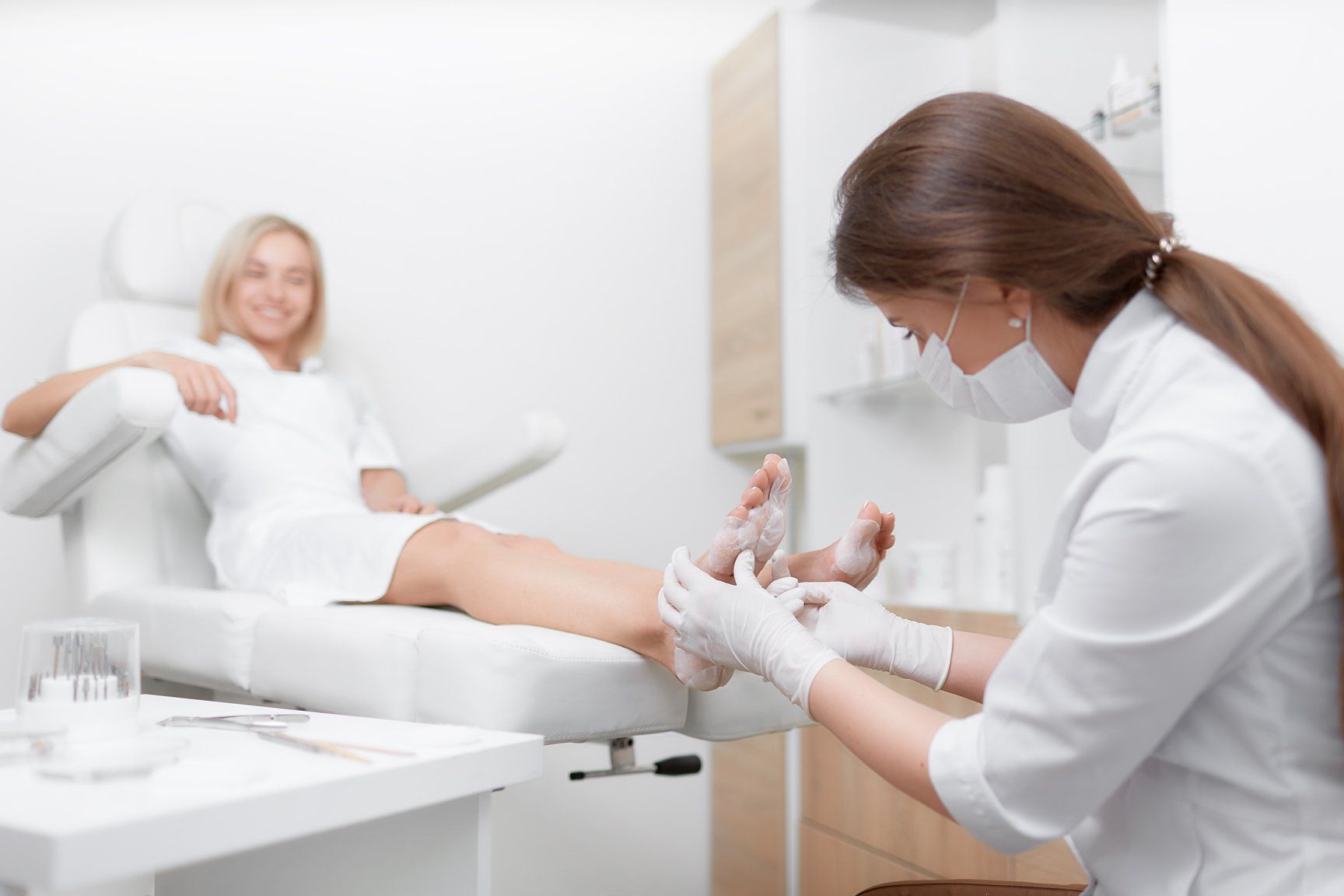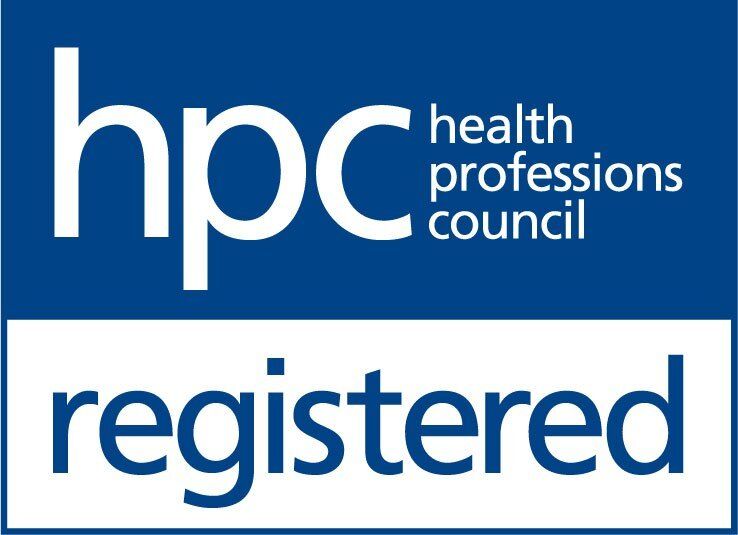Bunions
More than 15% of women in the UK suffer from bunions, but what is a bunion? A bunion, also known as ‘hallux valgus’ is a deformity of the big toe in which the big toe excessively angles towards the second toe and leads to a bony lump on the side of the foot. This can also form a large sac of fluid, known as a bursa, which can then become inflamed and sore.
There is no one cause of having a bunion and contrary to popular opinion, bunions are not generally caused by shoes. They are most often caused by a defective mechanical structure of the foot which is genetic and these certain foot types make a person prone to development of a bunion.
What is it?
More than 15% of women in the UK suffer from bunions, but what is a bunion? A bunion, also known as ‘hallux valgus’ is a deformity of the big toe in which the big toe excessively angles towards the second toe and leads to a bony lump on the side of the foot. This can also form a large sac of fluid, known as a bursa, which can then become inflamed and sore.
What causes the problem?
There is no one cause of having a bunion and contrary to popular opinion, bunions are not generally caused by shoes. They are most often caused by a defective mechanical structure of the foot which is genetic and these certain foot types make a person prone to development of a bunion.
Bunions can also be caused from the big toe pushing over on to the second toe which can lead to problems. Commonly, it can end up lying on top of the second toe causing crossover of the toes making it difficult to walk due to pressure on the toes from footwear. Once the big toe leans toward the second toe, the tendons no longer pull the toe in a straight line, so the problem tends to get progressively worse. This condition can also lead to corns and calluses being developed.
Poorly fitting footwear tend to aggravate the problem as they can squeeze the forefoot, crowding the toes together and exacerbate the underlying condition, causing pain and deformity of the joint (hallux valgus).
Bunions can also be caused by age, arthritis or playing sport.
Is it serious?
Some people have large bunions that cause no pain but do cause difficulties with footwear, while others have relatively small bunions that can be very painful. Although some treatments can ease the pain of bunions, only surgery can correct the defect.
In some cases, pressure from the big toe joint can lead to a deformity in the joint of the second toe, pushing it toward the third toe and so on. However, just because you have a bunion, does not mean you’ll get a bursa as well.
Who gets it?
Although anyone can get a bunion, they tend to be more common in women, possibly due to some of the more restrictive footwear typically worn. Women also tend to have looser ligaments. If your parents or grandparents have them, you may also be more prone to developing them.
How do I prevent it?
Wearing sensible shoes that fit well is a good preventative measure. If you notice a bump developing where your big toe joins the foot, it may be time to switch your footwear. Try to opt for wider shoes that provide your toes with room to move and keep your heel height to no more than 4cm for maximum comfort. The following also serves as a useful guide:
* Wear backless, high-heeled shoes in moderation.Backless shoes force your toes to claw as you walk, straining the muscles if worn over a long period.
* Vary your heel heights from day to day, one day wearing low heels and the next day slightly higher heels.
* If you want to wear a heel every day, keep heel heights to 4cm or less.
* Wearing a shoe with a strap or lace over the instep holds the foot secure and acts a bit like a seatbelt in a car and helps stop your foot sliding forward.
* Calf stretches to counteract the shortening of the calf can help to keep feet supple.
What are the treatments?
Your podiatrist may recommend the following:
* Exercises
* Orthoses (special devices inserted into shoes)
* Shoe alterations or night splints which hold toes straight during sleep (helps to slow the progression of bunions in children)
However, these are conservative measures and although they may help relieve symptoms, there is no evidence they can correct the underlying deformity. Your podiatrist will be able to identify any significant deformity and/or defect and will refer you for surgery which can involve a combination of removing, realigning and pinning of the bone.
Once referred, your podiatric surgeon will evaluate the extent of the deformity. They can remove the bunion and realign the toe joint in a common operation known as a 1st Metatarsal Osteotomy (‘bunionectomy’). However, there are more than 130 different types of operation that fall under this title, so each individual surgery is different.
The aim of surgery is to address the underlying deformity to prevent recurrence. As with all surgery, there are risks and complications, so it is not usually advised unless your bunions are causing pain – or if it is starting to deform your other toes.












